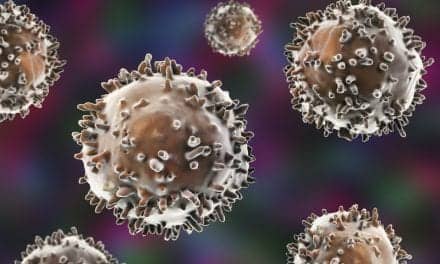04/05/07
Smoke from other people’s burning tobacco kills, and even brief exposure to it can cause harm, according to a 2006 surgeon general’s report on secondhand smoke. The latest on secondhand smoke, which contains thousands of chemicals and dozens of known carcinogens, is discussed in the April issue of Mayo Clinic Women’s HealthSource.
For years, doctors have known the relationship between secondhand smoke and cancer. Annually in the United States, about 3,000 nonsmokers get lung cancer due to secondhand smoke exposure.
Other adverse health affects have also been attributed to secondhand smoke:
• It causes more than 50,000 cardiac-related deaths each year in nonsmokers.
• More recently, researchers have learned that secondhand smoke reduces antioxidants in the blood of nonsmokers, which can increase the accumulation of low-density lipoprotein (LDL), or “bad” cholesterol.
• Secondhand smoke affects blood vessels of adults almost immediately. Five minutes of exposure to secondhand smoke reduces the ability of the aorta—the large artery in the chest—to dilate. Thirty minutes of exposure causes an abrupt reduction in the coronary velocity reserve — the force the heart uses to get going in a “fight or flight” situation. These changes occur because secondhand smoke causes the inner lining of the arteries to malfunction.
• In children, sudden infant death syndrome (SIDS) has been associated with the mother smoking during pregnancy. More recently, researchers have found that SIDS also is associated with secondhand smoke exposure after the child is born. Secondhand smoke also increases ear and respiratory infections and asthma episodes in children.









